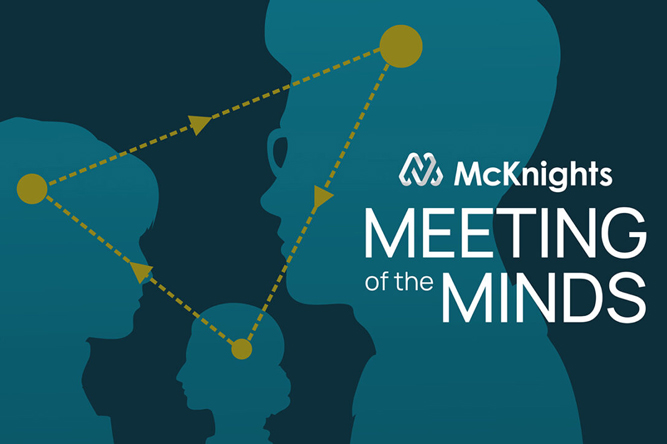
The historic low rates of unemployment and shortages of skilled health care workers, along with the impact of COVID-19, have created a devasting effect on the stability of our workforce. With technological advancement, digital transformation, mergers, acquisitions, and ownership changes—oh my!—disruption has come to be somewhat of a normalcy. Good leadership has always been important, but it is now more vital than ever to make sure your people are taken care of physically, emotionally, and professionally during times of transition and uncertainty.
You might be asking, how do we foster stability when there is constant change? Stability is key for businesses to succeed, and necessary for people to do their best work. During times of uncertainty, employees start to feel anxious and worried, which makes it difficult for teams to stay engaged, ultimately affecting productivity and negatively impacting the business.
Organizations can stabilize and stimulate engagement by following some of these steps.
Be Transparent About the Future
I write and talk often about communication, as it is truly the path to success. Effective communication is the hardest thing we do every day. Effective communication strengthens personal relationships, builds trust, and reassures employees during times of change that they have all the information they need.
When people feel they have been given the information they need from their leaders, they are more likely to stay engaged. As leaders and business owners, it is important to be transparent with your employees and keep them informed. If your business is in a time of instability or change, be sure to lay out the reasoning behind recent company decisions. Consider regular staff check-ins to address any questions or concerns that may arise.
When leaders share plans and visions of the future with their employees, it helps them feel more in control. Employees can then focus on their own role in reaching a shared end goal.
Provide Resources Your Employees Need
Make sure your employees have the resources, equipment, training, and tools to do their job well—and leave the door open for their requests when needs arise. You want your employees to feel supported, and you want them to do their best work, so provide them with the resources to do that. This will be different for every organization, but oftentimes in a health care community it might be access to proper personal protective equipment (PPE) or the electronic medical record (EMR), or the 24/7 availability of a manager who is responsive and can help make decisions.
In addition, I want to touch on the current hot topic of labor. Adequate staffing is a needed resource. When we are constantly working short, it puts the burden on others to pick up the slack. We are in a people business, and often our most needed resource is people! To come up with solutions to this dilemma, include your staff members to help problem solve. Ideas might include finding a volunteer to come in and help feed residents at breakfast or do an activity so your caregivers and nurses can tend to other tasks, or asking family members who visit often if they want to lead a news and coffee group each morning, or having one of your residents help pour coffee and water during mealtimes to give them a sense of purpose. Creativity is needed to think outside the box if you don’t have the skilled health care personnel to fill in the gaps.
Show Appreciation for Your Staff
Make sure you are constantly encouraging leaders and managers to acknowledge and reward employees’ commitment and dedication to stay with the company during a transition. Be sure your employees know that their hard work does not go unnoticed! You can do this monetarily or otherwise. Some organizations do retention bonuses to encourage staff to stay during a transition, while others do creative rewards like free days of PTO, gift cards, handwritten notes, or a phone call from ownership. You could provide meals for your staff when they work or stock an assortment of beverages and healthy snacks in the break room. Appreciation can come in many different shapes and sizes, and it goes a long way toward earning commitment and loyalty from your staff.
Stay Positive
Above all else, maintain positivity and optimism in all that you do. Positive mental energy can greatly influence an individual’s outlook and perception of their surroundings or workplace. If leaders and managers adopt a “glass is always half full” mentality and offer assurance to employees that we will get through this, it can help them feel better about any current disruption.
About Us
As a national leader in senior care and living management and consulting services, Health Dimensions Group (HDG) is uniquely positioned to assist organizations currently facing workforce challenges. If you would like to learn more about how HDG can help you improve employee engagement, please contact us at 763.537.5700 or info@hdgi1.com.












